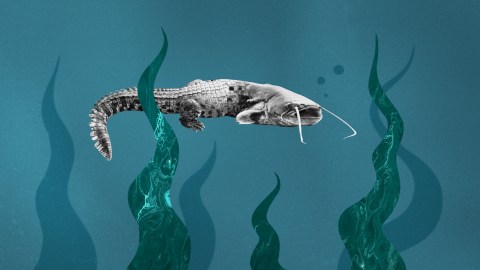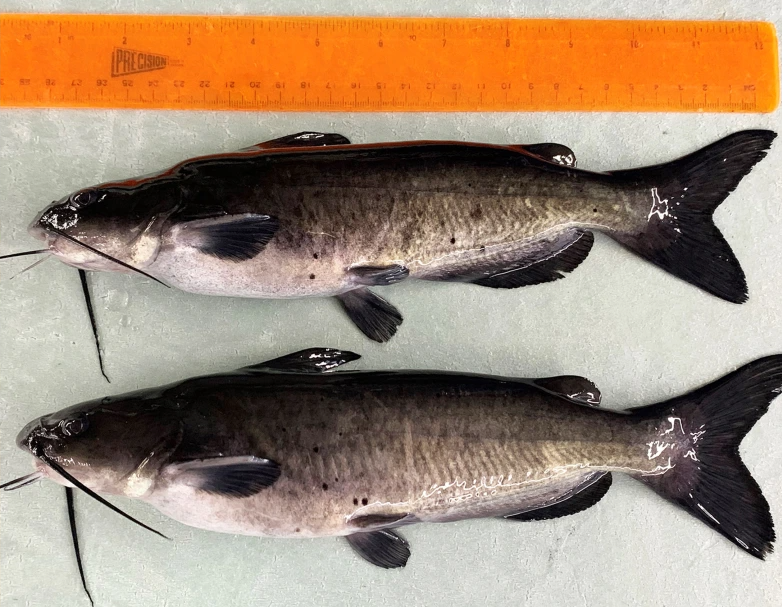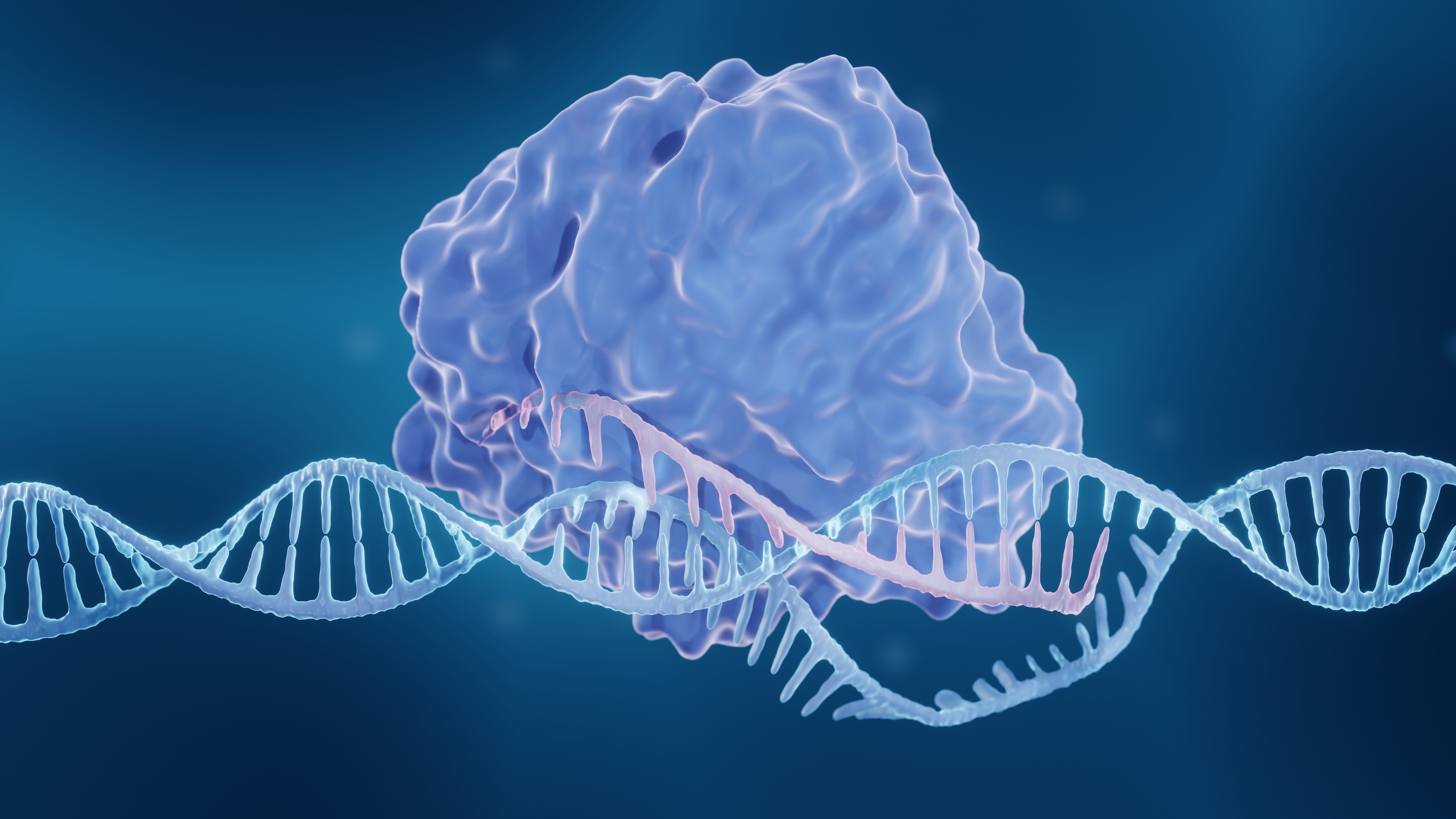Scientists use CRISPR to insert an alligator gene into a catfish

- Catfish are the most popular species raised by farmers in the U.S.
- Growing them isn’t easy. Globally, 40% of the catfish hatched in farms die from disease before they can be harvested.
- A research team used CRISPR to insert an alligator gene that codes for an antimicrobial peptide into catfish.
By inserting an alligator gene into catfish, Alabama scientists radically increased their disease resistance — but more work is needed before the genetically modified fish could find their way into farms or onto your plate.
The challenge: Catfish are the most popular species raised by farmers in the U.S., but growing them isn’t easy — globally, 40% of the catfish hatched in farms die from disease before they can be harvested.
In an attempt to prevent losses, farmers will treat sick fish with antibiotics or even administer the drugs prophylactically in an attempt to prevent outbreaks (much like with other farm animals). This contributes to the development of antibiotic-resistant bacteria, which are a huge threat to global health.
The inserted alligator gene encodes for cathelicidin, a peptide that appears to have antimicrobial properties.
The idea: Scientists at Auburn University have come up with a clever way to protect catfish against disease without medicating them.
Previous studies have shown that cathelicidin, a peptide that is found in alligator blood, appears to have antimicrobial properties — the theory is that this evolved to protect the reptiles against infections following fights with other gators.
The survival rate of the genetically modified fish was two to five times higher than controls.
In a new study, released on the preprint server bioRxiv, the Auburn team used CRISPR to insert the alligator gene that codes for cathelicidin into catfish (building on earlier experiments in “gatorfying” catfish published in Scientific Reports in 2020).
As a precautionary measure, they made the insertion in a part of the catfish genome that normally codes for a reproductive hormone — this rendered the genetically modified fish sterile, ensuring they wouldn’t be able to reproduce if they escaped into the wild.

The results: According to the study, which has yet to undergo peer review, the alligator gene did exactly what the scientists had hoped it would do.
Depending on the engineering technique used, the survival rate of the genetically modified fish was two to five times higher than controls when they were exposed to a common infection. The catfish were also sterile unless they were artificially injected with hormone therapy.
The big picture: While making the edit in a way that renders the genetically modified fish sterile does alleviate concerns about the animals ever outcompeting wild populations, in practice, it would mean farmers would need to go through the added step of hormone therapy to breed the fish.
Getting the genetically modified fish approved by the FDA wouldn’t be a quick or cheap process.
The study still needs to undergo peer-review, but in any event, you aren’t likely to have the option of eating their CRISPR’d catfish any time soon.
The FDA has only approved one genetically modified fish for sale in the U.S. — a type of salmon engineered for fast growth — and that approval process took nearly 30 years.
Now that the agency has gone through the process once, it likely wouldn’t take as long to assess a second GMO fish, but it still wouldn’t be a quick or cheap process, so, for now, fish farmers are going to have to look elsewhere for ways to keep their colonies disease-free.
This article was originally published by our sister site, Freethink.





